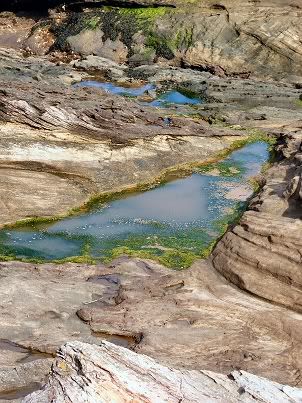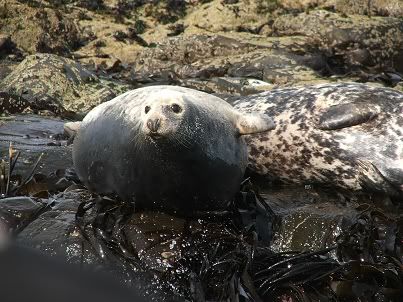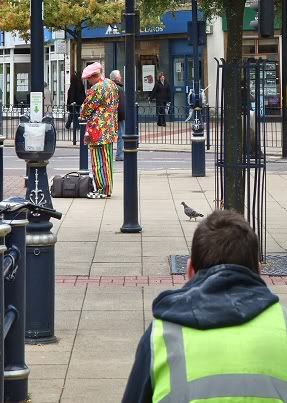
31 October 2008
30 October 2008
29 October 2008
28 October 2008
27 October 2008
26 October 2008
25 October 2008
24 October 2008
23 October 2008
22 October 2008
21 October 2008
20 October 2008
19 October 2008
18 October 2008
Maze centre

You know how you're supposed to find an interesting or fun object in the middle of a maze to reward you for your hard work and intrigue you when you can see the top of it but can't reach it? Well, people doing this particular maze in Northumberland are greeted with a huge crate of...what is it? Glass? It's probably recycled so they can say 'our maze is an eco maze'. Hmmm...
17 October 2008
16 October 2008
But Ma'am...
...you have not sewn a stitch since Tuesday!

(Actually, she's never sewn a stitch in her 'life'). For the less observant of you, yesterday's and today's photos are of models (the plastic type, not the plastic-looking size 0 type).
15 October 2008
14 October 2008
13 October 2008
12 October 2008
Farne Island seals
11 October 2008
10 October 2008
09 October 2008
DANGER KEEP OUT (the bulls can kill and seriously injure)

The picture sort of speaks for itself really!
Walking past the sign once the warden had arrived was a bit unnerving!
08 October 2008
Skulls

In case the pictures of pelts and bones are distressing to my readers, I shall make this the last photo of such items from Chillingham park. They are pretty creepy.
The skulls here are too small to be of cattle. I don't know what animals they were.
07 October 2008
06 October 2008
Furs

I don't know if they were killed by a human or not. The white one wouldn't have been because it's a bovine one from the Chillingham herd, and I have a feeling the others wouldn't have been either - not if they're from wild animals found in the park.
05 October 2008
Chillingham Cattle
One of my readers, Suzanne, commented on the animal skin hanging on the wall in the background of the photograph I posted on the 23rd September (Archways). There is an interesting story behind this and the animal was almost definitely not killed by a human.
The photograph was taken at Chillingham Park, Northumberland, which is home to the famous Chillingham Cattle. Despite them being famous, it is likely that most of my readers have never heard of them.
The Chillingham cattle are said to be the only survivors of the wild herds which once roamed freely through the forests of Great Britain. Today they live in an enclosed 365 acre parkland at Chillingham in Northumberland which has been their home since the thirteenth century. In the summer of 2008 the herd numbered 80 animals.
Although enclosed within the park, the cattle are completely wild in that they have have had almost no human interference for hundreds of years. The cattle are not managed and indeed will not tolerate human touch. Any members of the herd who have been touched by a human have been dead within minutes of returning to the herd - the cattle will not tolerate human scent on any other members. An exception to this was when a group of people managed to remove a few of the herd to a farm outside the park. Each animal then had the scent on him and left each other alone.
The bulls compete with each other to become 'king bull'. They do this by digging shallow pits in the ground, defecating in them, rolling around in their own excrement and then facing each other to fight. They will never intentionally fight to the death.
The public can visit the park to see the cattle (at a distance - they are dangerous!) under the supervision of a warden.
For more information, please visit the website at www.chillinghamwildcattle.com. It's a small website, but it shows some pictures of the cattle and their park.















































